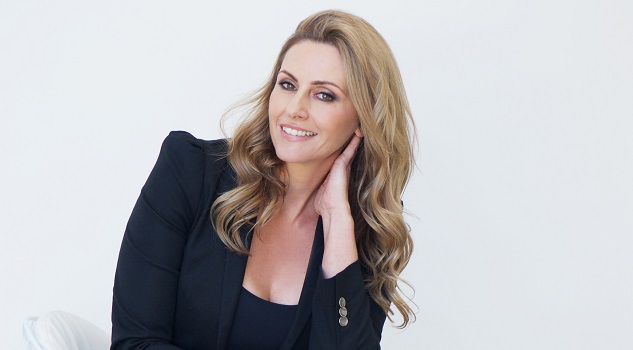Facebook advertising is the cheapest way to reach your exact target audience right where they spend the most time online (80 per cent of all internet users use Facebook!). It’s a great advertising tool for any marketing goal including brand awareness, increasing website traffic, increasing revenue or sales, or generating leads.
Here’s the problem: because it is affordable for pretty much any business and any budget, everyone is doing it. They are using Facebook ads without really understanding how to maximise it for the best impact.
Here’s five quick tips to help you optimise your Facebook ad spend to get a great return.
1. Know your audience
Now, you may cringe at how repetitive this sounds but one of the most important tips for any ad campaign is to know your audience.
Trust us, it’s important. You can segment your target audience based on information such as: Demographics (age, gender, income, education, occupation, family size); Geographics (cities, states, regions, countries); Psychographics (traits such as personality, interests, attitudes, motivators, lifestyle, opinions) and Behavioural (how your customer goes through the decision-making process).
These are the main ways of segmenting a target audience. You need to know where your audience falls in these categories because Facebook allows you to get very specific about each area so you can target exactly who you are looking for.
2. Retargeting
Have you ever clicked on a website once and then later received ads for their products while scrolling through Facebook a while later? That’s retargeting. Very few consumers convert their first time visiting a website. According to the research the average conversions based on the first website visit is two per cent. Retargeting helps to convert the remaining 98 per cent.
Facebook has specifically designed The Facebook Pixel, a piece of code that allows you to connect your Facebook advertising campaigns to consumers actions on your website. This means you can target your ads to consumers that have viewed certain products, added products to their cart or viewed specific pages on your website.
3. Metric tonne of testing
Testing is all about checking your ads performance in line with your campaign objectives. In order to do this, you must monitor your ad metrics. There are a lot of different metrics you can observe. You need to strategically choose which ones accurately represent your progress towards your objectives. Top metrics to look at include:
- Clicks: refer to any form of interaction with your ads: clicking a link, liking the ad. This metric can be used across many objectives as it highlights ad engagement. Impressions: are your ad views. These are good for measuring awareness, however, this metric does not acknowledge brand/ad recollection.
- Frequency: the average number of times an individual viewed your ad. This metric gives better insight into brand recollection and is therefore good for awareness campaigns.
- Conversion Rate: the percentage of those who click your ad, that then go on to purchase. This is obviously ideal for objectives like increased sales/conversions.
4. Keep it visual
The two best performing forms of visual content are original graphics and video but there is a lot of debate over which of the two performs best. With the various options when creating a Facebook ad, whether it be a single image, video or even a carousel ad, it’s not difficult to integrate both video and original graphics into your campaign to ensure it stands out. With apps like Canva, you can edit, scale and add text to images with ease, as a result, “smartphone-ography” is booming. So, now you have no excuse, keep it visual and maximise engagement.
5. Campaign Budget Optimisation
Campaign budget optimisation (CBO) is a tool provided by Facebook to deliver businesses the best performance and value within ad campaigns. While this is technically a tip for optimising your ad spend, as of September 2019, this will become a default setting for Facebook ads.
But hey, why not work out the kinks now, before it’s permanently implemented? To understand CBO, it is first necessary to understand how Facebook advertising campaigns are structured. Each ad campaign has multiple ad sets and within each ad set are multiple ads.
Thankfully, Facebook has provided an example to explain CBO. Traditionally, it would be up to the marketer to determine a budget for each ad set, this would then be distributed across ads within each set. With CBO all a marketer needs to do is set one total campaign budget, CBO then uses live data from the performance of the ads to optimise budget distribution across ad sets.
Brooke Arnott, Managing Director, The Small Business Lounge











